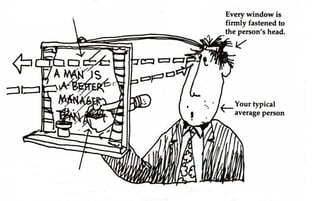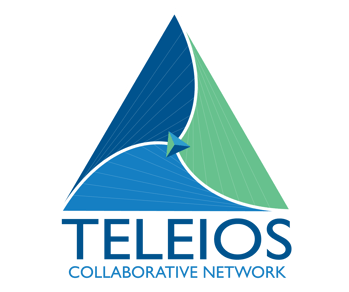A few years ago, I had the opportunity to listen to a panel of physicians, hospital discharge planners, and skilled nursing center leaders talk about their interest in working with hospice sales professionals (also known as representatives, liaisons, specialists, etc).
I was not surprised by their responses, but I certainly was disappointed. Though the group of medical professionals varied widely in their roles, overwhelmingly the group was in agreement: hospice sales representatives were annoying.
There was one particularly vocal physician in the group who explained his irritation with hospice sales professionals. He noted that, too often, these folks come to him to ask which of his patients needed hospice services. After he shared his frustration, each of the panel participants joined in with agreement.
Initially I was concerned, thinking to myself, “oh dear! I’ve been doing hospice sales wrong the past 15+ years!” But, as I listened more closely, it occurred to me that their frustration was due primarily to the lack of education around hospice eligibility that each had received from these hospice representatives.
As I listened to the dialogue between various leaders from the medical community on the panel, I realized that the issue was widespread: hospice representatives are not effectively coaching the medical community on which patients are hospice eligible, or how hospice services benefit the patient, family, and even the referral sources themselves.
Simply asking our referral partners for patients who need help does not typically result in a referral because that is putting the work on our customers; we need to change the narrative and bear the burden of helping to establish who and why hospice is the appropriate level of care.
"You’ve shared that your cardiac patients are calling most frequently after-hours and presenting most regularly to the hospital. Which of your cardiac patients are most likely to end up in the ED before the end of the weekend? These are the patients that our hospice organization excels in caring for; the other providers we are working with have actually found that referring their highly acute cardiac patients has actually resulted in fewer after-hours calls to them.”
The way this summary is worded clearly defines who should be referred and why that is the case. This slight difference in the way we ask for the referral makes a dramatic difference in the volume of referrals, and the amount of time our organization is privileged to care for those patients.
I’d like to invite you to learn more about proven ways you can better serve your referral partners, so that you can earn the privilege of caring for their hospice eligible patients, through TCN’s Growth Immersion.


PLAN TO ATTEND

WANT TO IMPROVE YOUR LEADERSHIP SKILLS?
ATTEND OUR LEADERSHIP IMMERSION
LEARN MORE

An organizational model that allows not-for-profit hospices (Members) to leverage best practices, achieve economies of scale and collaborate in ways that better prepare each agency to participate in emerging alternative payment models and advance their charitable missions.






